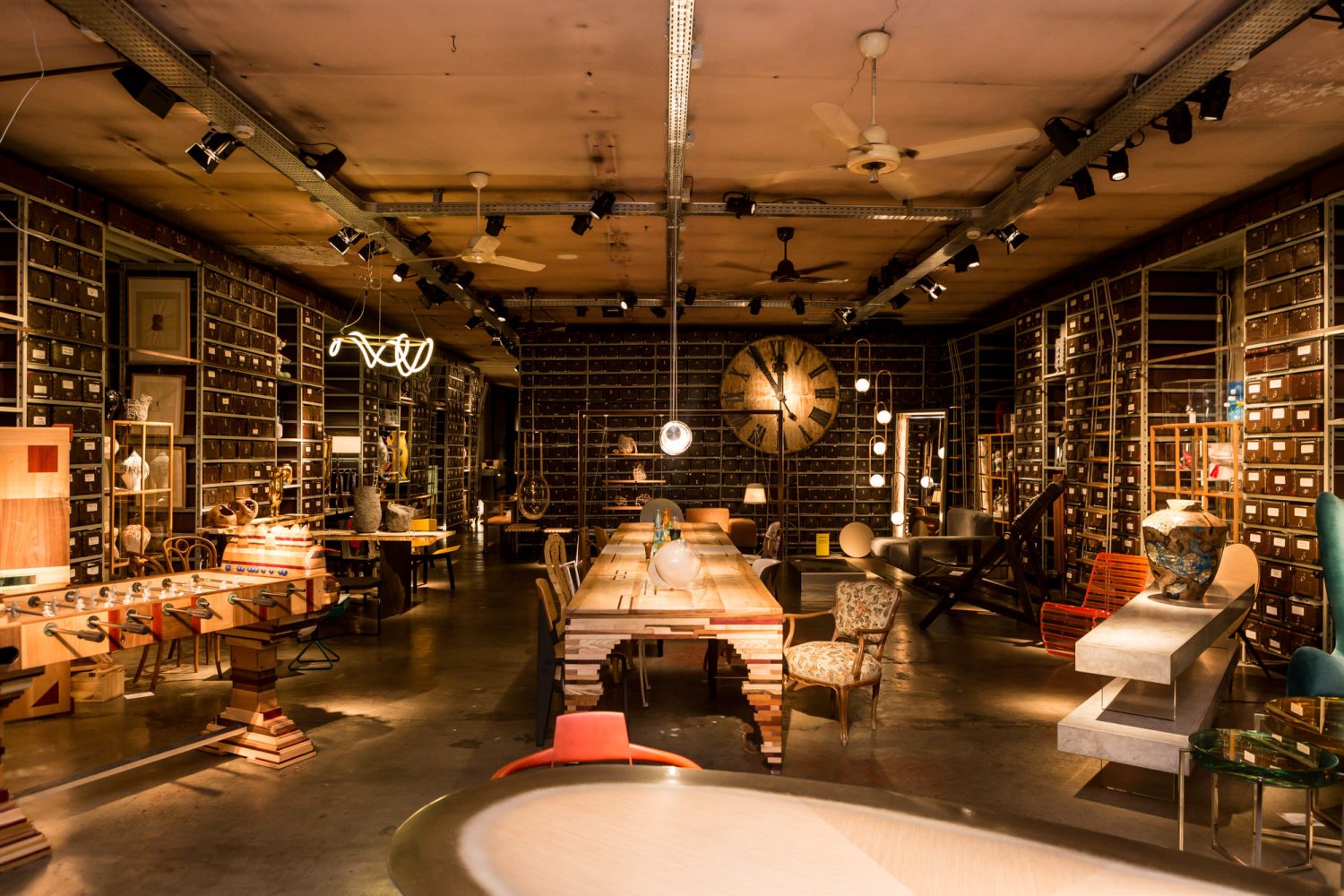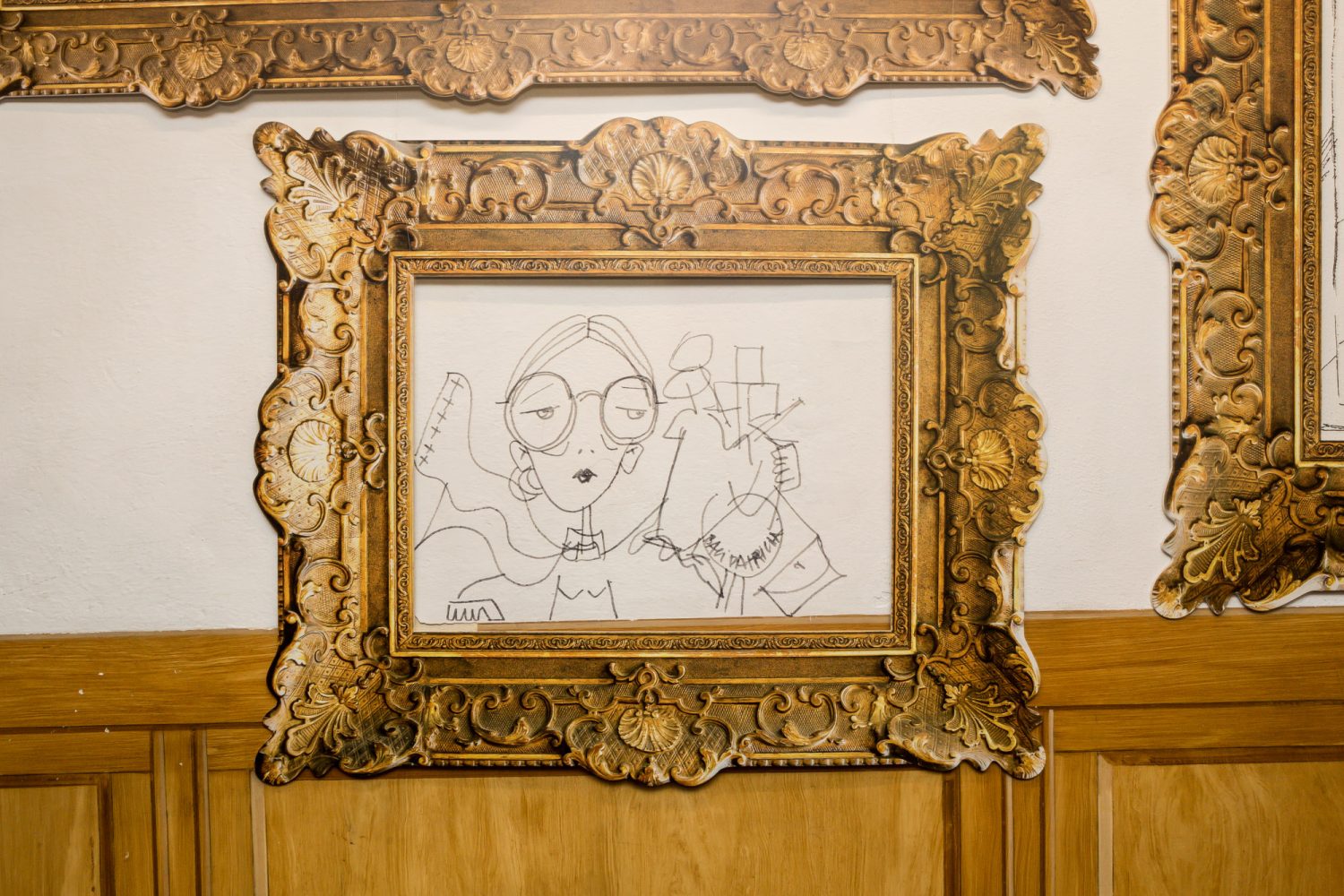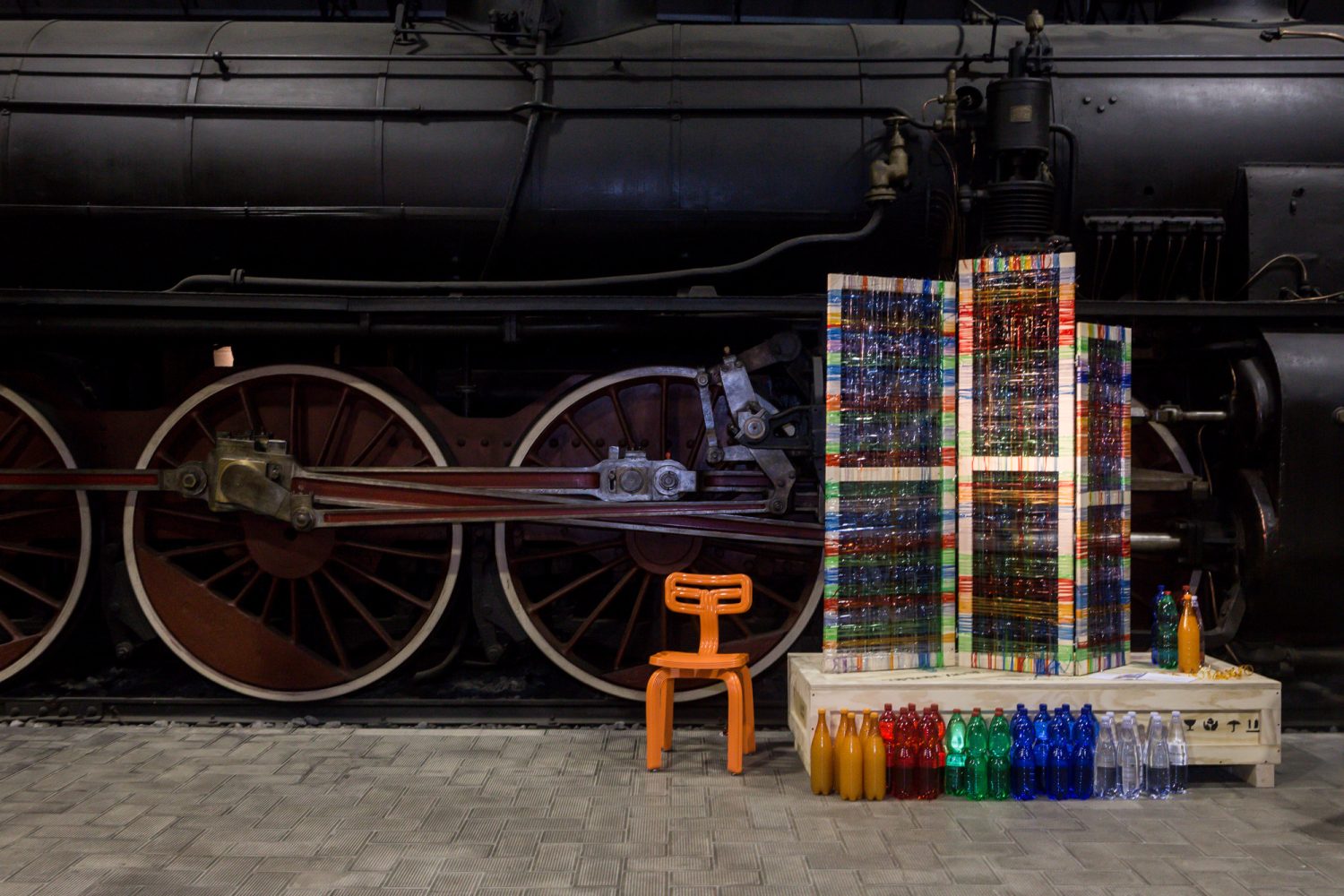Rossana Orlandi
Design and commitment
Showing an object in a real space makes it more understandable, more enjoyable… rather than putting it on a pedestal
Rossana Orlandi is a true icon of Italian design. After working in fashion, she transformed in 2002 a former Milan tie workshop into a design gallery. A gallery owner and a talent scout of international influence, she has known and made known the designers of the Eindhoven school such as Piet Hein Eek, Maarten Baas and Nacho Carbonel. Later, she focused her attention on research in Asia and America, where she represented the most innovative designers. This has made her the most influential figure in this field, and she created personal relationships with artists and collectors. Today, she is considered to have invented design collecting. An home for all design lovers, her gallery is “the place to be” during Milan’s Design Week.
For the past year, Rossana Orlandi has been focusing on a new adventure: GuiltlessPlastic, the international project that raised awareness on plastic waste in the design industry. It is a 360° investigation into the complexities of the most widely used and controversial material of our time. For Fuori Salone, the “RO Plastic-Master’s Pieces” exhibition presented recycled works by world-renowned artists, architects and designers. This exhibition is set in the wonderful context of the railway pavilion of the Museum of Science and Technology, with locomotives from different eras. Displayed on the rails, the works are exhibited on their own wooden packaging box.
Here are a few names of the personalities chosen by Rossana Orlandi: Patricia Urquiola, Piet Hein Eek, Jaime Hayon, Nacho Carbonell, Formafantasma, Studio Job, Barnaba Fornasetti, Thierry Jeannot, Max Lamb, Piero Lissoni, Fabio Novembre, Italo Rota, Marcel Wanders and Nika Zupanc. After Milan, the exhibition will travel through Paris, London and New York.
Milan’s Design Week is now a real platform to deal with social issues. You gave the perfect example with your GuiltlessPlastic project. After the exhibition, how do you plan to keep this project alive and what are your expectations for the future?
Most definitely I’m looking forward a second edition. I was very surprised by how committed people have been in the first edition, as well as by the incredible energy it created: we received projects from all five continents in just three months time! Young designers’ participation is fundamental in order for us to find new solutions and to share new lifestyles. My dream is to have the entire world participating because we must create awareness around this plastic waste issue, and it is about time we unite. I’m convinced that, together, we can fin solutions through design. I want to stimulate designers to think conscientiously about using recycled plastic, because the possibilities are infinite. You can do anything with recycled plastic, from interior design to product design.


Design weeks are now a phenomenon that attracts a great amont of visitors, especially in Malian. How essential is design for the actual global economy?
In 2018, the value of the design industry was estimated at 36 billions euros globally, 63% of which originated from author design. The figures speak for themselves. Design not only creates beauty but also wealth. But it’s not only about that! Design had become strategic in the development of a new generation of products that respond to the precepts of circular economy: efficiency, minor use of materials and energy, and recycling. This is an essential step for an economy capable of facing the great challenge of climate change.
Is design capable of generating new trends to which to refer or does inspiration come from other artistic fields?
Contamination has no limits. The currents all contaminate each other.
Does France have historical design icons? What about new contemporary icons?
Le Corbusier and his Modulor. Charlotte Perriand, too. And of course Jean Prouvé. As far as contemporary design is concerned, I am fascinated by Thierry Jeannot and Aurélie Mathigot, too. In Paris, I never miss a chance to go see Matali Crasset.

One of the characteristics of your gallery is to show design objects in real situations, and the very structure of the gallery evokes a private interior with an attached garden. Can you explain why you made this choice?
Showing an object in a real space makes it more understandable, more enjoyable… rather than putting it on a pedestal. I am very keen on the installation of the gallery, which I personally take care of in every detail, even the color of the flowers.
You also participated in the initiative launched by the Milan City Hall “Women in design”. Who are your favorite female designers?
Patricia Urquiola.
Who supports you in your work?
My daughter Nicoletta. She’s always by my side.
What is your greatest love?
My family.
Interview: Sara Mancinelli
Portrait: Gianni Basso












